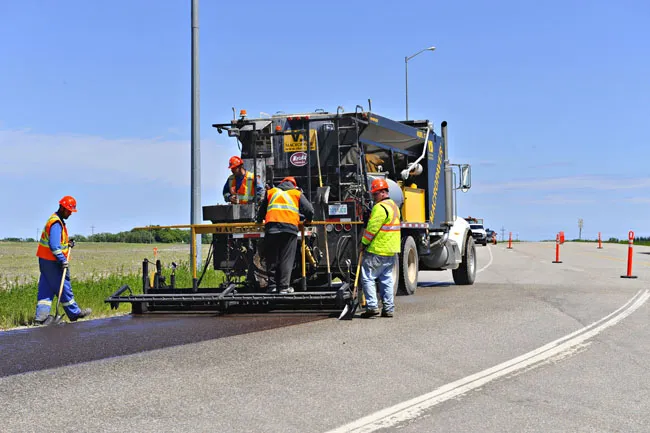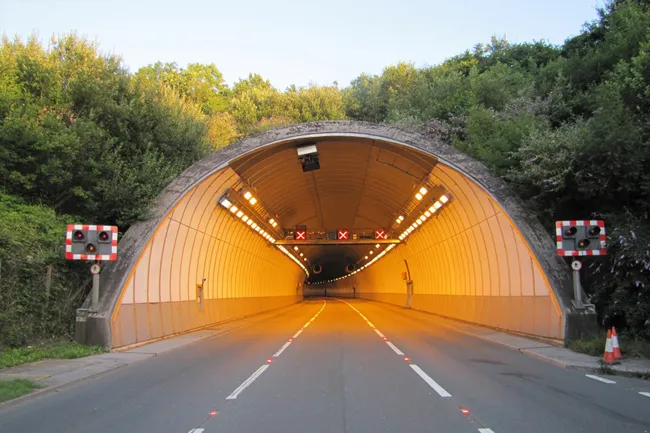
The intelligent cat’s eyes, manufactured by Clearview Intelligence, based in county Oxford, are being introduced as part of a €3.4 million project to improve journeys and safety at Switch Island in Merseyside, near Liverpool. The eyes will be installed where the motorways M5 and M58 as well as the three trunk roads meet.
The scheme is designed to improve the flow of traffic and enhance safety, following 49 collisions at the junction in the past two years – an average of one every fortnight.
As part of the overall project, new traffic lights will be installed at a height of over 5m – higher than heavy goods vehicles and double-decker buses – so that drivers approaching the junction can clearly see when the lights are changing.
Other improvements include changes to the road layout and lane markings, new barriers between carriageways, coloured high-friction surfaces and better signs.
A 400m shared cycle path will be created through the junction to link with the existing cycle path alongside the A5036 Dunnings Bridge Road.
The LED studs light up when traffic lights turn green, enabling drivers to clearly see which lane they should follow. Cables under the road surface connect them to traffic lights through a nearby automatic controller unit.
The studs can be visible up to a kilometre away – far greater than traditional reflective cat’s eyes. “The introduction of intelligent road studs takes advantage of new technology available,” said Nick Lanigan, Clearview managing director. “The new studs have been proven to reduce lane transgression by over 50% in certain conditions so it’s a great way to help improve the safety for all road users.”
Cat’s eyes were invented by Percy Shaw in England in 1933 after he was driving down a steep winding road. He noticed his headlights reflecting in the eyes of a cat and then realised the potential of this held for improving road safety. He decided he needed a reflective device that could be fitted to road surfaces and came up with his cat’s eye invention.









